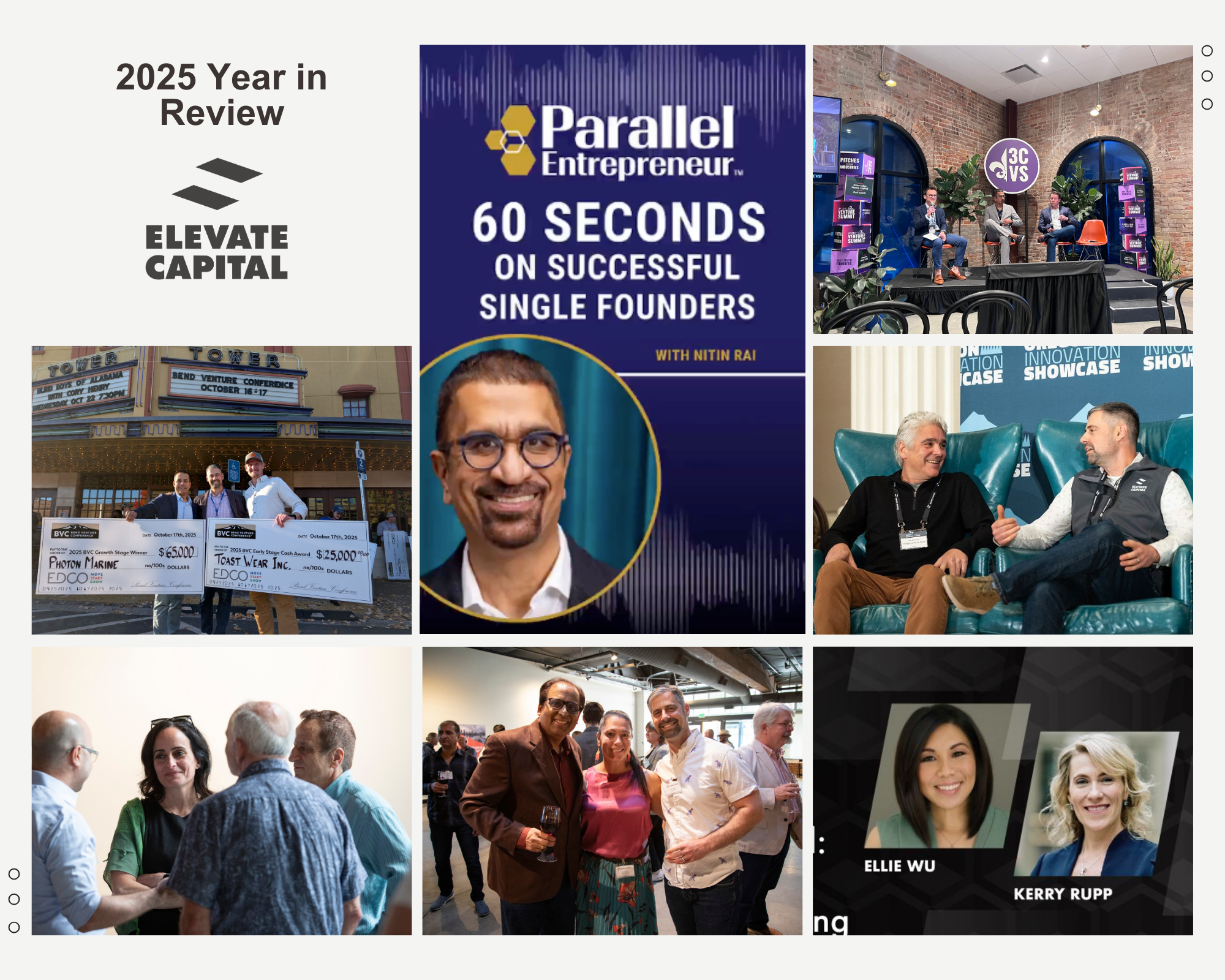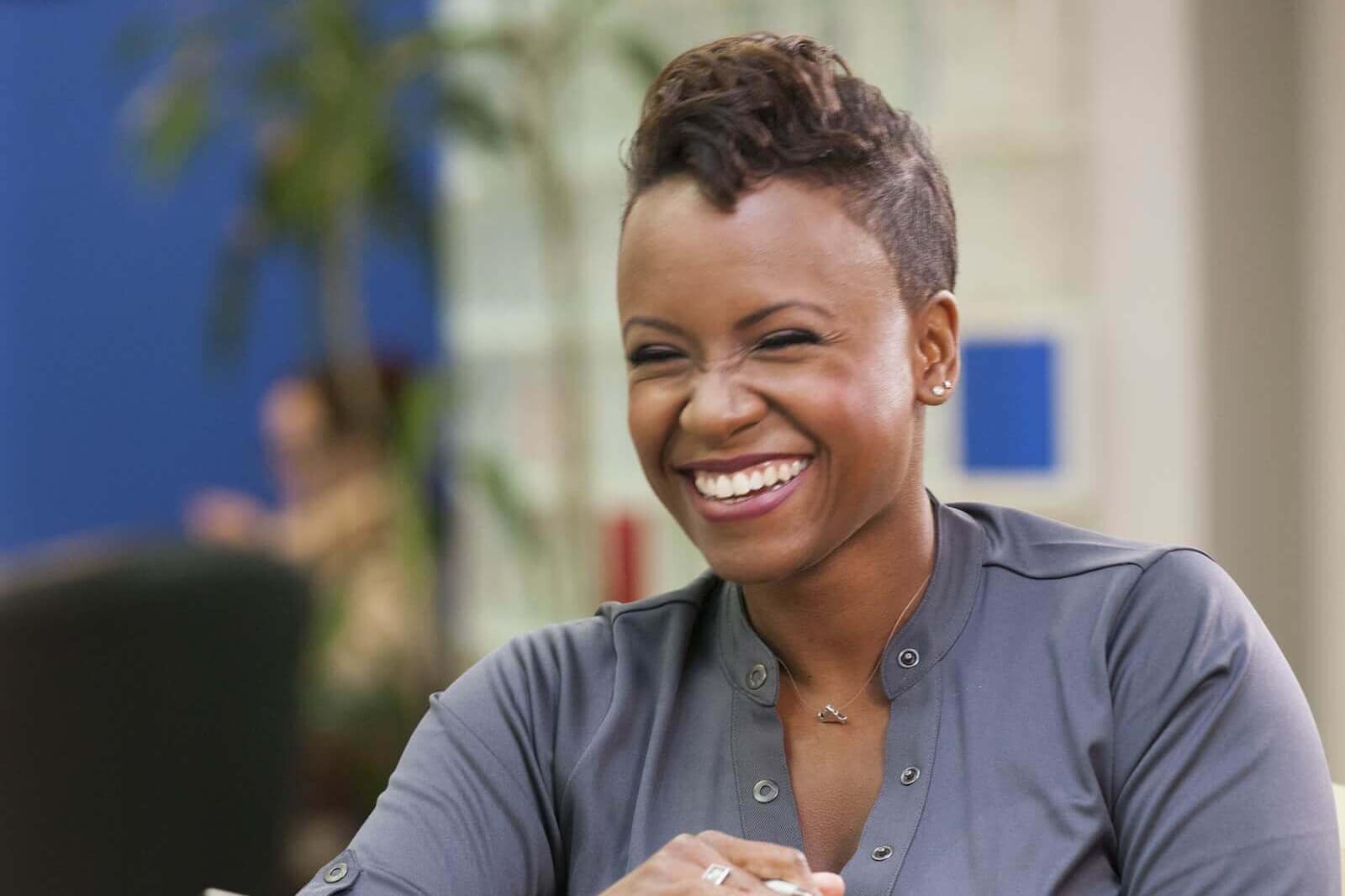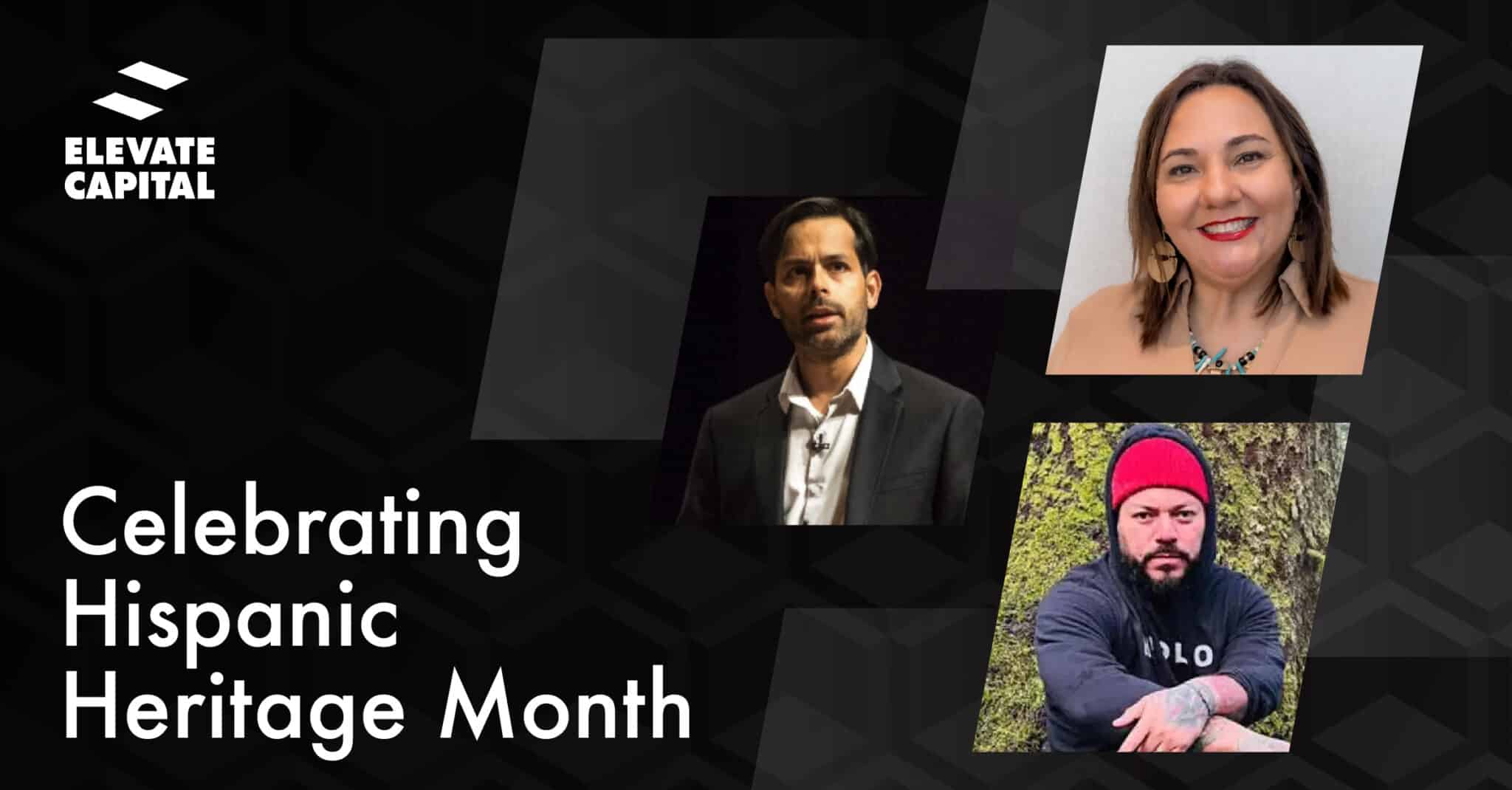What compelled you to start Blendoor?
I started Blendoor out of my own personal experiences in the workforce. I’ve been coding since age 13, I took an AP computer science in high school, and I got an engineering degree from Stanford. After that, I worked at Microsoft for a little over five years and graduated from MIT.
About six months after graduating from MIT, I interviewed for an analytical lead position at a well known Silicon Valley tech company, and I made it to the final round. That went really well, but the recruiter came back and said: “You’re not quite technical enough, but we’re going to hang onto your resume in case some more sales and marketing positions open up.”
I knew they typically filled those roles with people who have humanities degrees—and not a lot of analytical expertise—so I politely declined. I later discovered that out of 55,000 employees, that company only had 12 African-American women in technical roles. Their reasoning was that it was a pipeline problem. They just couldn’t find qualified women and people of color to fit these roles, which I knew was not the complete story.
Basically, I took my nontechnical self and moved into my mom’s house for two months to build the first version of
Blendoor. The intent was to create a platform where companies could connect with diverse talent in a scalable way, but also have data to debunk this myth that these demographics of people don’t have the skills and qualifications in demand for these roles.
How did your childhood dream turn into this one?
As a kid, I always wanted to be an engineer. I spent my summers with my grandparents. They didn’t have cable and had no video games, just Legos. I was always oriented around building things and being hands-on, innovating and building something from nothing.
That wasn’t channeled into computer science until I started getting exposure to my aunt’s lifestyle. She studied computer science and was a computer programmer in Connecticut. She had all the cool stuff, like CD players and electronic trains. She was the first person I knew who owned a cell phone and traveled the world.
My aunt was really the inspiration for me to double down on my passion for engineering into technology and computer science. I had all this passion and focus on technology throughout my studies. But when I went into corporate, I experienced much less meritocracy in the way that I was being promoted and compensated—and even in my access to opportunities.
So, I realized there was a void I could fill with Blendoor. I could enable more people like me,
those who are often overlooked or not given access, to benefit from more meritocratic processes.
Tell us about Blendoor.
Blendoor has augmented intelligence and people analytics that mitigates unconscious bias. We think about augmented intelligence the same way you use your car dashboard. It shows your fuel level, how fast you’re going, and your RPMs. We’re doing the same thing, but for hiring.
We’re showing companies information about why a candidate is a good fit for a role. Blendoor basically augments their judgment by using more relevant information about a person, while obscuring things like race, gender, and age—since those factors are not relevant to their performance. This way they can make more objective, well-informed decisions about people.
The analytics side sort of replicates what happens in sports, where you have all these great statistics, like a free-throw percentage or how quickly someone runs in the 40-yard dash. The exception is that it’s focused on professional analytics about the candidate, so that we’re equipping them with more information relevant to who the candidates are.
During the early stages of Blendoor, what was the impossible challenge?
Fundraising seemed like the impossible challenge, because I experienced a chicken-and-the-egg problem when meeting with investors. They wanted to see a minimum amount of traction, results, and market validation. In order to get that, we needed money.
What happens is a lot of the entrepreneurs who go into this lifestyle are able to raise what they call a friends-and-family round. They call an uncle or a classmate or their dad and raise $50,000 to $500,000 to get started.
Because I didn’t have that, I had to use whatever resources and opportunities I had available just to get us the minimum amount of validation that could justify an early-stage investment. I realized very quickly that fundraising in and of itself lacks
a lot of meritocracies. It’s been a continuous journey, but we’ve made some strides.
Share an “aha” moment from your first year in business.
The biggest aha moment actually came from customer lessons. We realized that they believed their problem was not getting enough women and people of color to apply…that it was a pipeline problem.
We created this talent marketplace, getting them access to more candidates in the pipeline that were qualified. But it wasn’t yielding actual hires, because the hiring manager was risk-averse. The hiring manager was still doing the same pattern matching, and ultimately making the final decision that was consistent with their comfort level or their bias.
Once we realized we had to
figure out ways to mitigate bias after the initial assessment phase, we created a product called Decision Equity Index, which we call your personal unconscious bias credit score.
We track how far different demographics of people make it through the hiring process, so that we can identify where bias is happening—either at the individual hiring manager level or through a specific system or process in the recruiting funnel. That way people feel a bit more accountability for their decision making, to be intentional about simply hiring the best people.
Any rituals that help you stay healthy and productive?
Balance is a high priority for me, because I know this industry leads to a lot of burnout. I am very good at traveling at least twice a month. Traveling enables me to reset in a way that’s actually better for the business. Even if it’s just taking a day trip somewhere, or maybe a longer trip, I’m very, very intentional about getting away.
I also play football every Sunday. It’s an all-female flag football league completely unrelated to Blendoor and startups. I can completely separate myself for one day out of the week in a different environment. Football is actually very conducive to team-building too. I pick up a lot of transferable skills in football games.
What challenges do underserved entrepreneurs need to overcome?
The biggest challenge for underrepresented founders getting access to capital is that the venture capital industry is very much about pattern matching. For example, they see a Mark Zuckerberg, they see a Bill Gates, and that then becomes the prototype of what a successful entrepreneur looks like. The further you are away from that prototype, the riskier of a bet it appears to be for them.
Actually, a gentleman made the best analogy once when he said that venture capitalists are like the people who bet on horses. They are looking for specific breeds and weights and reputable caregivers and jockeys. They check off all of these boxes in order to make a bet on that particular horse. That same level of pattern matching happens.
Sometimes I feel like a penguin pitching the construction of a beach resort. It just doesn’t add up in people’s minds. How could a penguin create a beach resort? It doesn’t even seem like your habitat. It doesn’t make sense, because there is no precedence. There has never been a black woman to build a company from nothing into a multibillion-dollar business.
The challenge I face—and a lot of other underrepresented founders face—is being able to demonstrate that we’re capable and qualified. Because of our experience of being underestimated, I think it gives us a competitive advantage. The funds that see that will make those investments and yield the highest returns in the future.
Describe your venture capital experience with the Elevate team.
I was introduced to Elevate through a fellow entrepreneur. We had our initial call with Nitin and his partner at the time, and you could just tell immediately there was synergy.
Much of our mission and theirs are aligned, in that we
recognize the opportunity gap that needs to be filled. The more that we can be conscious about identifying quality in underrepresented communities, the better off the world will be. Nitin was an easy sell for me, because I could see he had the same passion for solving this problem.
It felt like I was adding someone to my team, and that’s precisely how it’s been since the investment was made. Nitin has been able to get us access to great advisors, potential new hires, and various other resources that have been super valuable to us growing and scaling the company.
In what ways does Nitin Rai’s mentorship guide your success?
By far the most valuable resource since partnering with Elevate Capital has been the
advisorship. As we moved closer towards optimal product-market fit, the advisors Nitin gave us access to were key for progress.
We came into the company with a business model that was very transactional…creating a talent marketplace. After working with Elevate, and the advisors that he connected us to, we were able to optimize our revenue model. We began delivering much greater value to a smaller number of companies and yielding a higher economic return.
How has networking in Portland helped your business?
We found value from the Portland community in two ways…investment and inbound marketing.
Portland is surprisingly progressive in the way that they’re thinking about diversity. The amount of support and resources and “wokeness” (for lack of a better word) that we’ve experienced with the business leaders and the politicians in Portland have been incredible—and a little unexpected.
What advice would you give to an aspiring entrepreneur in an elevator?
The biggest piece of advice I would give an early-stage entrepreneur is this: Talk to your ideal customers as early and as often as possible. There’s going to be a lot of noise from people telling you how you should run your business—from investors to friends and family, who think they know your business better than you do.
The strongest voice you need to align your company with is the voice of your customer. I think sometimes we get a little worried that someone will steal our idea, or the feedback that we get won’t be as constructive as we need it to be. Customer feedback is absolutely your most valuable asset in terms of determining the right product-market fit.



